DRS:

DRS (Umpire Decision Review System) is a technology-based system used in cricket. At first the system was introduced in Test cricket. The purpose was to review controversial decisions made by the on-field umpires, in the case of a batsman being dismissed or not. The first test of the system was in an India v Sri Lanka game in 2008. The new review system was launched by the ICC on November 2009. Moment was the first Test match between New Zealand and Pakistan. System was first used in ODIs in January 2011 during England’s tour of Australia. Initially the system was mandatory in all international matches. Later it was decided that the system can be used if both teams agree. The ICC decided to continue the work on the technology. They will make possible its use into all ICC events.
ICC updated the LBW protocols on October 2012. It increased the margin of uncertainty when the ball hits the pad of the batsman. On September 2013, the ICC declared a team’s referrals topped-up to two after 80 over in an innings in Tests. This trial period started from October 2013. Previously each team had two unsuccessful reviews per innings of the match.
Components:
There are three components in DRS.
- Hawk-Eye: It’s also called Eagle or Virtual Eye. It’s a ball-tracking technology. It plots the trajectory of a bowling delivery that has been interrupted by the batsman. Interruption often would be by the pad. Hawk-Eye can determine whether the ball would have hit the wicket or not.
- Hot Spot: It’s an Infra-red imaging system. It illuminates where the ball has been in contact with bat or pad.
- Snickometer: It relies on directional microphones attached with the stumps. It detect small sounds made as the ball hits the bat or pad.


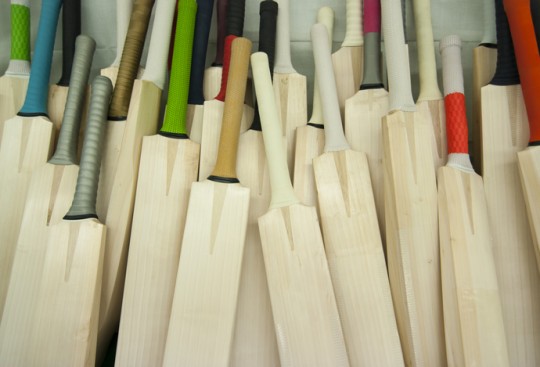
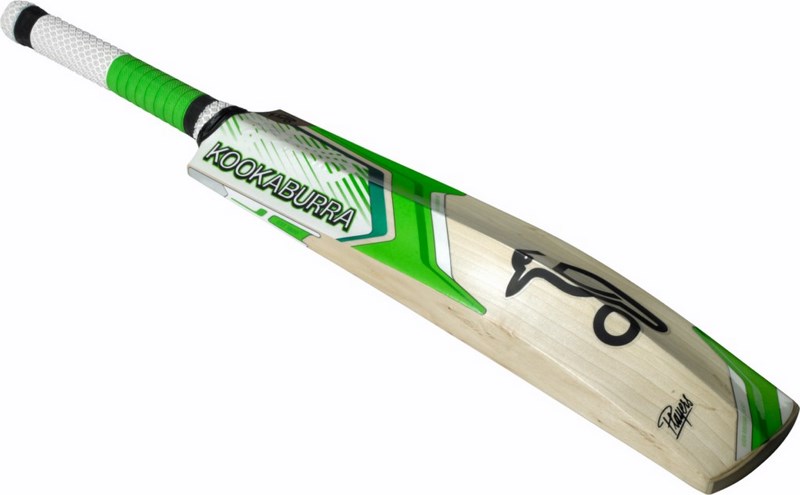
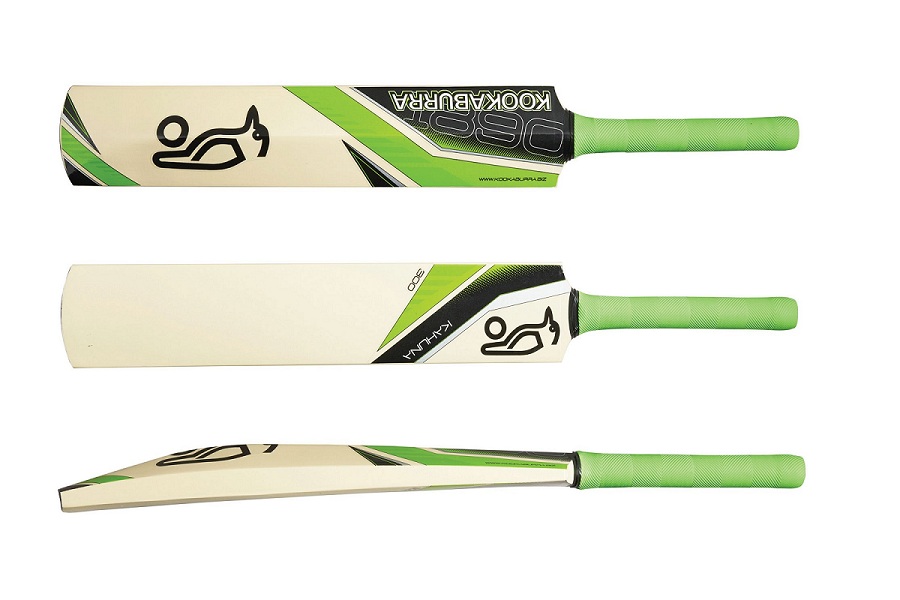
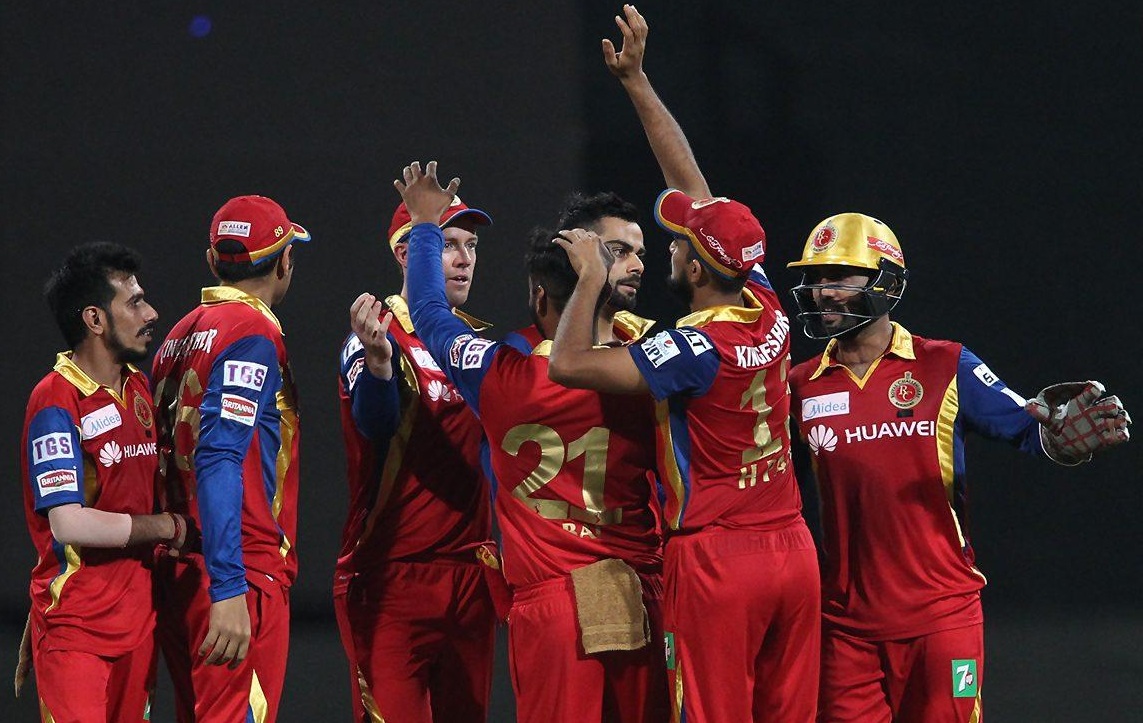


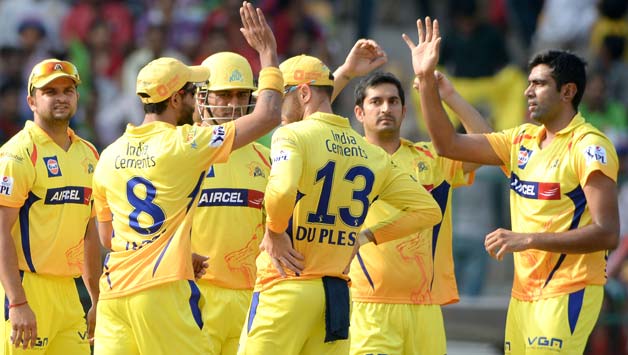
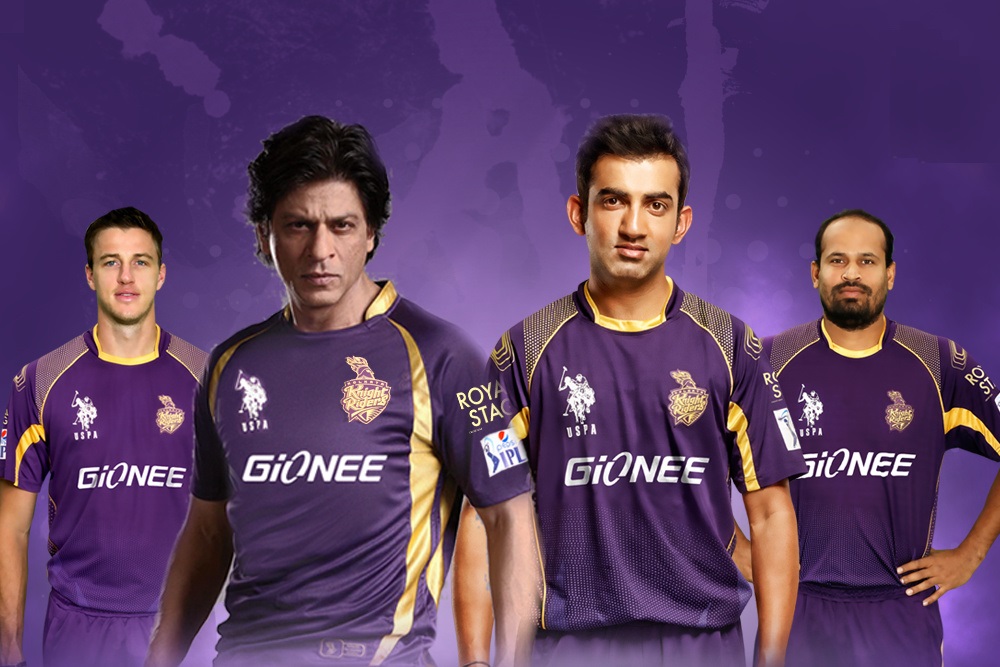
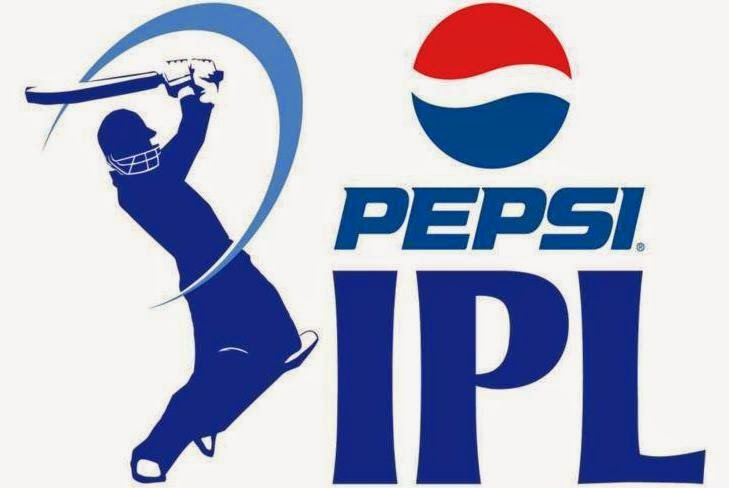
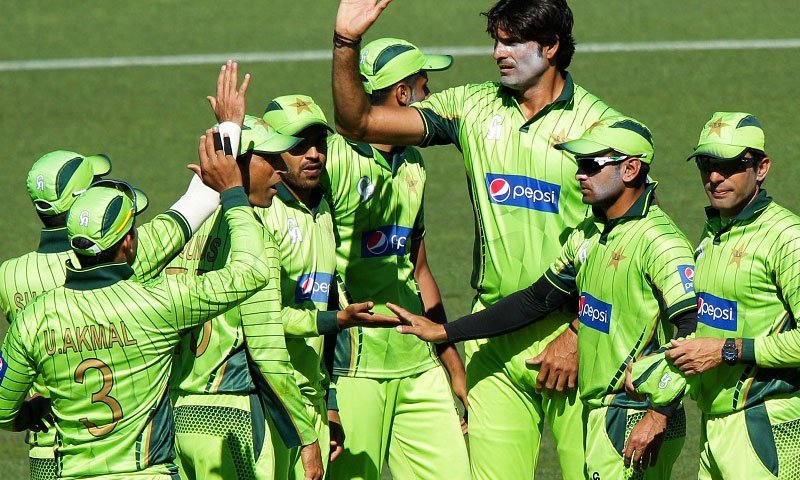

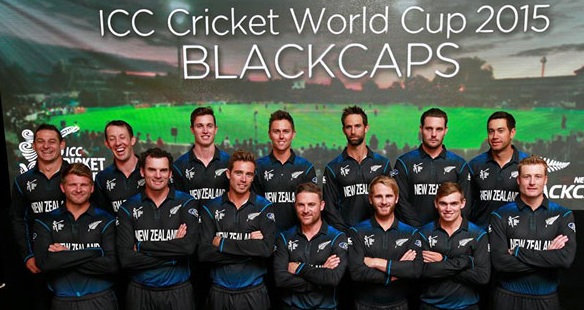
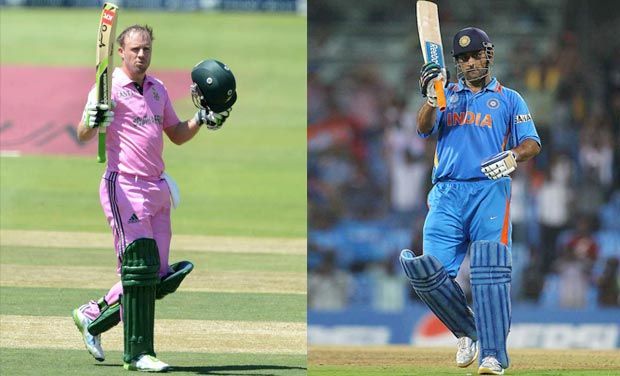
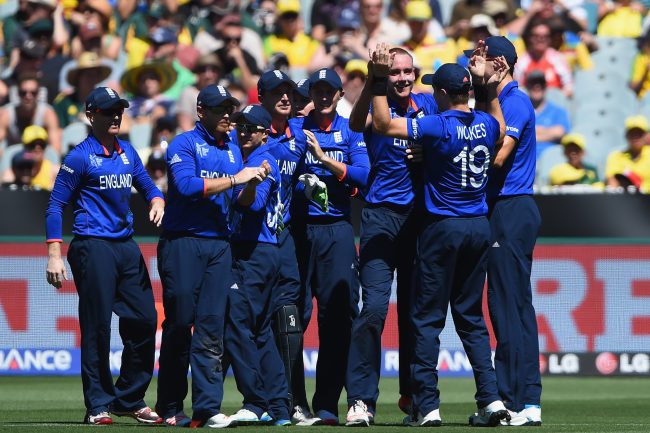

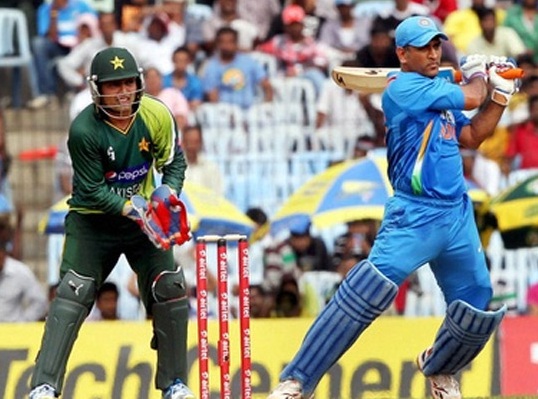
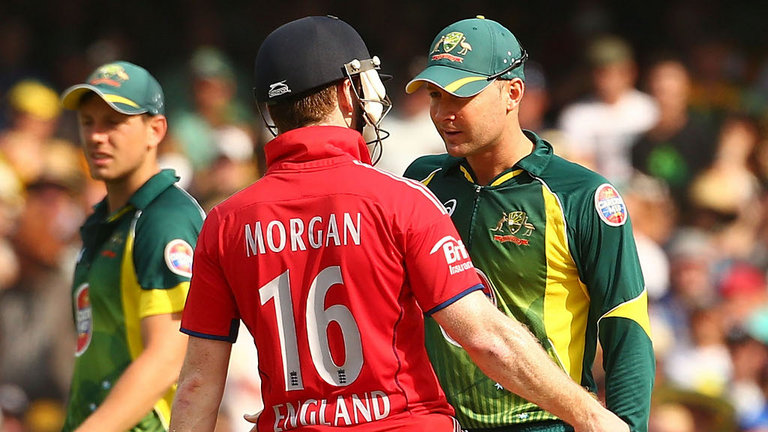
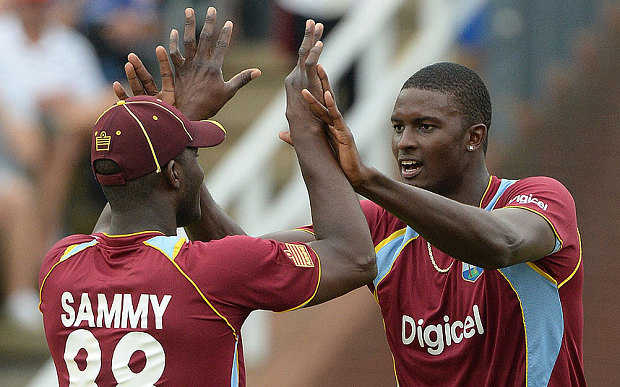
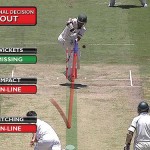
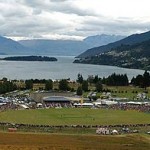
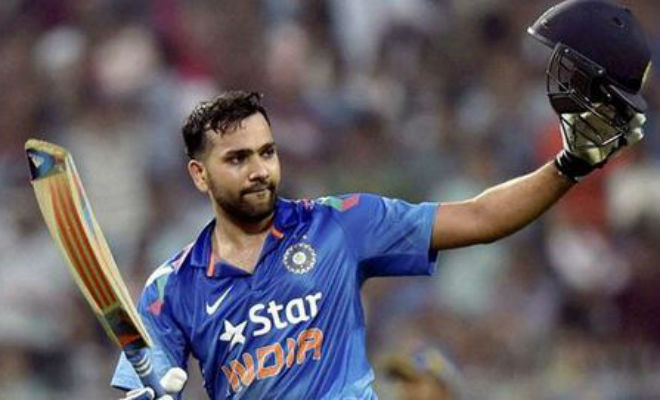
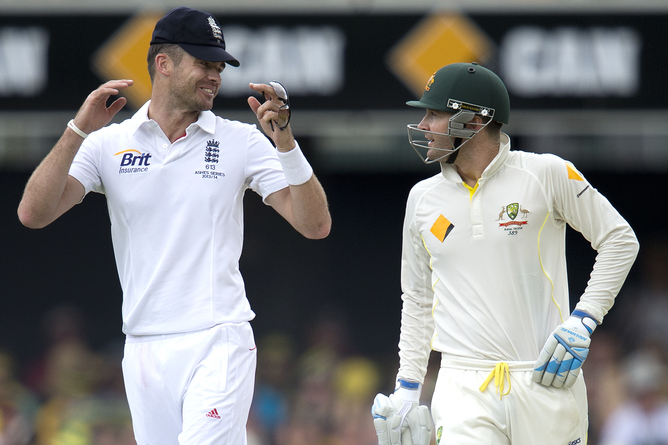
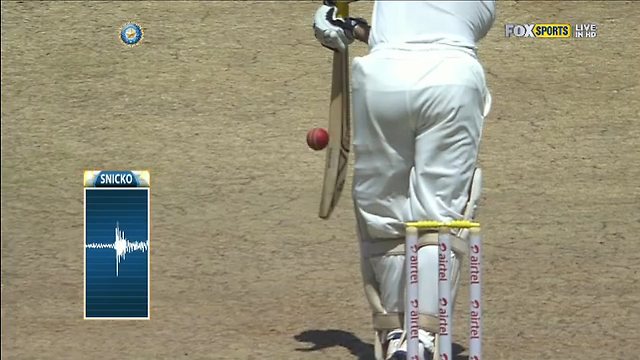
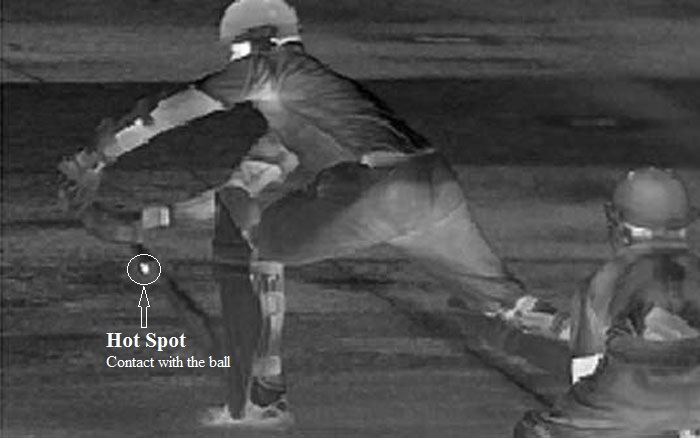
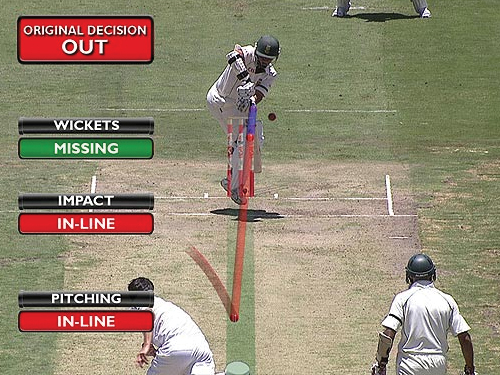
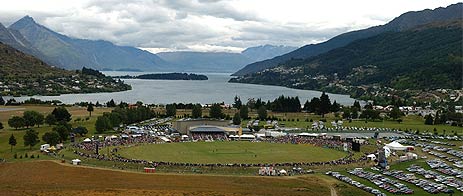

Connect with us